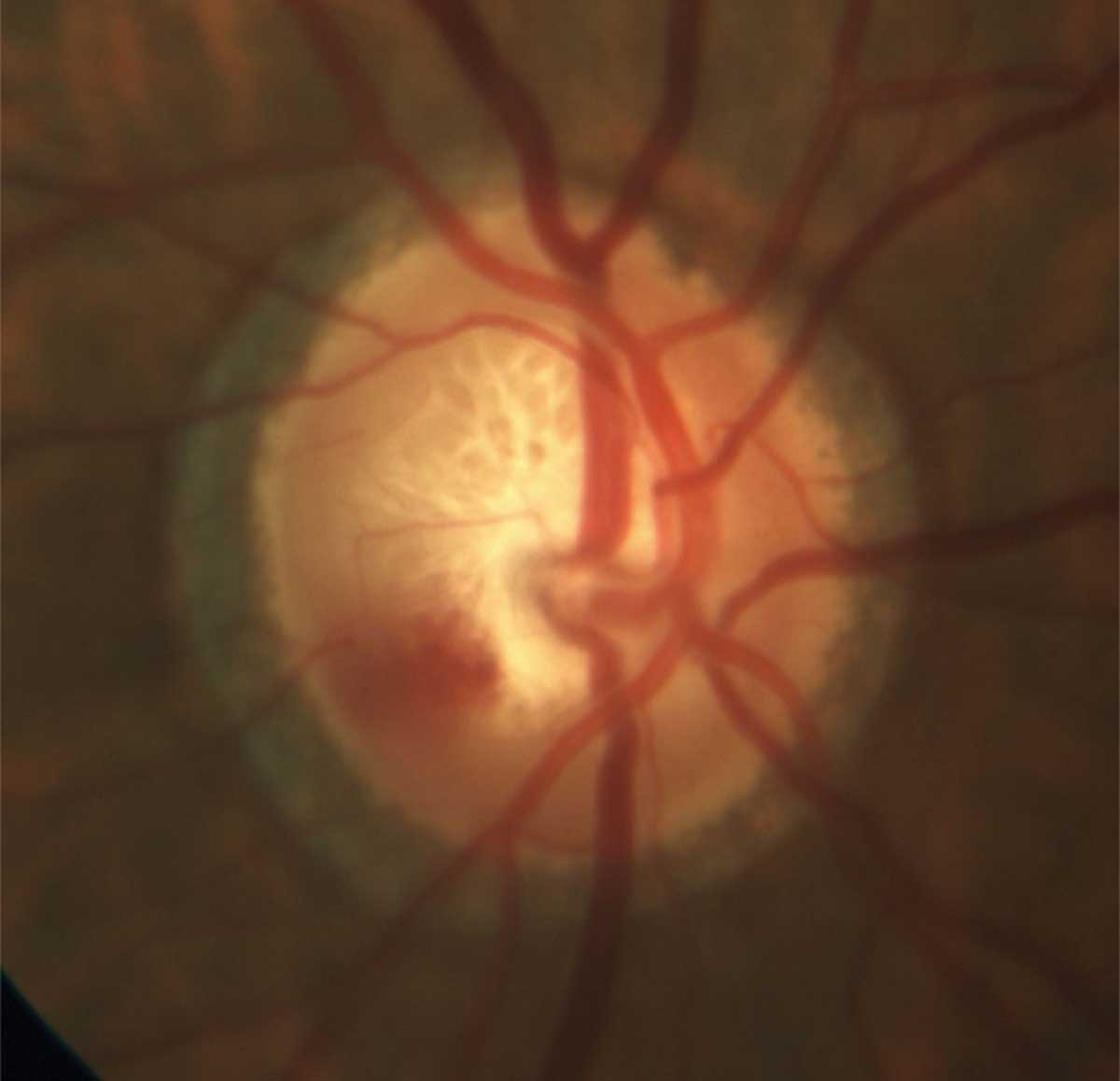 |
POAG patients of male gender, younger age and thicker central corneal thickness were shown to have higher IOP. Click image to enlarge. |
Given the importance of IOP in glaucoma, researchers recently set out to gain a more comprehensive understanding of its potential role in primary open-angle glaucoma (POAG) and ocular hypertension (OHT). To accomplish this, they evaluated baseline IOP characteristics and diurnal fluctuation in the Laser in Glaucoma and Ocular Hypertension China cohort.
A total of 1,105 POAG eyes and 271 OHT eyes were included. The researchers performed standardized ocular examinations including IOP measurement. Daytime phasing IOP was recorded at five different time intervals. Of the eligible eyes, 945 POAG and 264 OHT eyes accepted daytime phasing IOP measurements.
The researchers reported a mean IOP of 20.4mm Hg for eyes diagnosed with POAG and 24.4mm Hg for OHT eyes. Hypertensive eyes had higher IOP and thicker central corneal thickness than POAG eyes, according to the study authors, who noted that this was statistically significant.
Multiple regression analyses found that thicker central corneal thickness was associated with higher IOP in both the glaucoma and OHT groups. Data showed a statistically significant correlation with higher IOP, male gender and younger age in the POAG cohort; however, this was not the case for OHT patients. When looking at diurnal IOP fluctuation, the researchers observed a mean IOP fluctuation of 3.4mm Hg in glaucoma and 4.4mm Hg in OHT eyes.
“In conclusion, for POAG patients, higher IOP is correlated to younger age, male gender and thicker central corneal thickness; whereas in patients with OHT, only thicker central corneal thickness seems to be risk factors of higher IOP,” the study authors noted. “IOP of POAG or OHT eyes varies and reaches its peak value mostly at early morning or late afternoon, and the trough value mostly at early afternoon.”
Yang Y, Zhang X, Chen Z, et al. Intraocular pressure and diurnal fluctuation of open-angle glaucoma and ocular hypertension: a baseline report from the LiGHT China trial cohort. Br J Ophthalmol. January 27, 2022. [Epub ahead of print]. |

